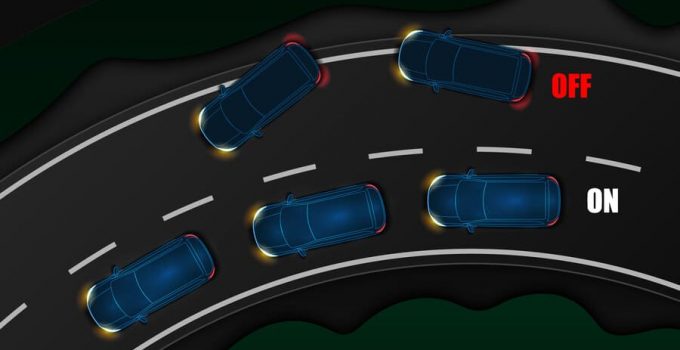
VDC (Vehicle Dynamic Control) is a stability control system used in Alfa Romeo, Subaru, Fiat, Nissan and Infiniti cars. It optimizes anti-lock brakes, traction control and other systems designed to prevent skidding and stabilize vehicle motion.
How the VDC works
The parameters of the intended and the actual direction of travel are compared. If the latter differs from the former, engine torque is limited and individual wheels are braked. This allows the car to return to its intended direction of travel and regain traction on the road surface.
To the To evaluate the driver's actions, the VDC analyzes:
- the steering wheel angle
- the brake pedal position
- the engine operating mode
- the currently engaged gear
The vehicle's actual direction of travel is determined by the readings from the wheel speed, yaw rate, and lateral and longitudinal acceleration sensors.
The ABS pump and ABS solenoid valves are responsible for applying braking force to each wheel. Adjusting the throttle limits engine torque.
Popular Cars with VDC
- Infiniti QX80 Z62, QX60 Subaru Legacy IV, V, Outback III, IV, V, Impreza III, IV, V
- Alfa Romeo 147 937, 156 932
- Fiat Doblo Cargo 263, 500X 334, 500L 351, 352
- Nissan Armada Y62, Qashqai II
Causes of defects
< ul>
